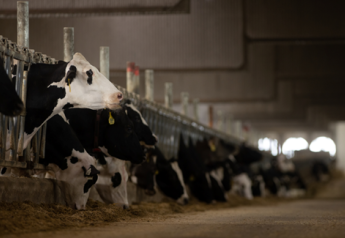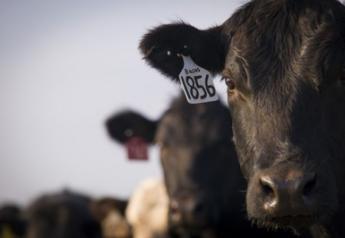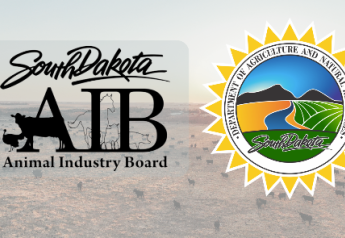Carcass Trait Accuracy Improves with Beef on Dairy Data

“Do we provide a substantially different environment for seedstock bulls that we build versus what our commercial customers do for their calves or cows? I think there’s opportunities for us to think broadly about data capture,” said Dr. Bob Weaber, Kansas State University professor and head of Eastern Kansas Research and Extension Centers.
Weaber gave his presentation, “Using Beef on Dairy Data to Increase the Accuracy of Selection Decisions for Carcass Traits,” during the Beef Improvement Federation Symposium June 24, 2021, in Des Moines, Iowa.
Weaber shared how the beef on dairy phenomena is a disrupter in the usual dairy and beef business and discussed research findings from a beef on dairy carcass trait collaborative project.
Beef on dairy: A disrupter in the dairy and beef business
In the dairy business, sexed dairy semen is generally used for the best cows that will build high merit replacement females. Beef semen is used on dairy cows that are older, have genetics that the producer doesn’t want to propagate, and is used on cows that are hard to settle with dairy semen. According to Weaber, this phenomenon helps to maximize the value of calves produced through targeted replacements and value-added terminal calves.
“The supply of dairy calves into the beef value chain results in a substantial number of animals that have a significant opportunity to increase their value and marketability. Ultimately, a dairy operation is driven to add value to their calf stream and make them more profitable through the beef chain,” Weaber explained.
Beef on dairy carcass trait project
A collaborative project to evaluate the feasibility and impact of inclusion of beef on dairy carcass records in carcass evaluation was established with participants from Wulf Cattle, Riverview LLP, North American Limousin Foundation, International Genetic Solutions (IGS) science team, and Kansas State University. The project began with 40,000 carcass records from the Wulf Riverview program and after edits about 27,000 records were used resulting in a nearly three-fold increase in the Limousin influenced data in the IGS carcass evaluation.
Weaber explained that previously the IGS carcass evaluation required weaning weight records on animals with carcass records to account for culling bias that occurs in seedstock herds. Often the cull bulls and heifers are fed out to capture feedlot and carcass information. The calves used in this project did not have weaning weights as they go from the dam to a calf hutch system, are moved to a calf ranch and group housing and eventually to a feed yard, this resulted in some modifications to the data analysis structure of these records.
The beef on dairy calves performed quite well through feeding. When analyzing the effect of age of slaughter, each additional day of age produced approximately 3.7 lb. of additional hot carcass weight.
“We added about 14,000 progeny out of RUNL Stetson 850S and about 8,200 progeny out of MAGS Alfredo. Those two bulls were represented in 680 and 567 contemporary groups. If you think about a beef weaning weight or yearling weight evaluation there will be bulls that get hundreds of contemporary groups evaluated but this is a massive amount of information,” Weaber said.
To watch the full presentation, visit https://youtu.be/f6yAfQP2xjc. For more information about the Symposium and the Beef Improvement Federation, including additional presentations and award winners, visit BIFSymposium.com.







